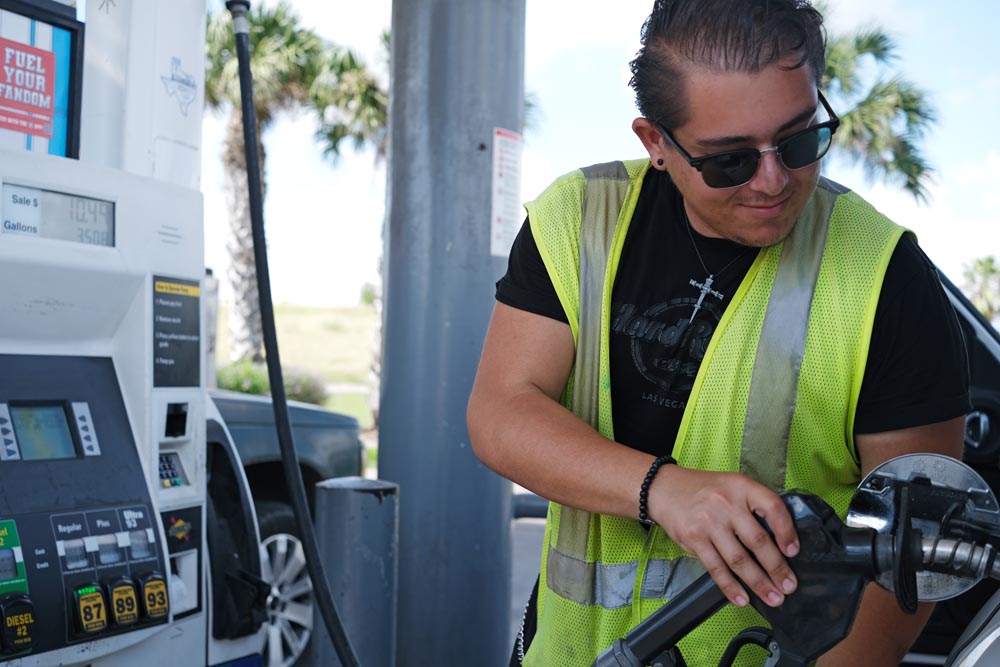If you’ve driven around the Rio Grande Valley this week, you might have noticed an increase in gasoline prices.
On Friday, the price for a gallon of unleaded gasoline ranged from about $2.96 in McAllen to $2.99 to $3.01 in Brownsville. Last week, gas was selling at about $2.85 for a gallon.
Brownsville resident Brenda Marroquin Davila drives a Chevrolet Suburban and estimates it takes at least $80 to fill up its gasoline tank. On Friday, she made a quick stop to pump gas in her vehicle. Because she was in a rush, she only put in $20 worth of gasoline and didn’t get that much gas in her tank.
“It’s crazy. I put in $20, and it didn’t even go up to a quarter of a tank,” she said. “It’s at $2.99 a gallon right now, and that’s insane.”
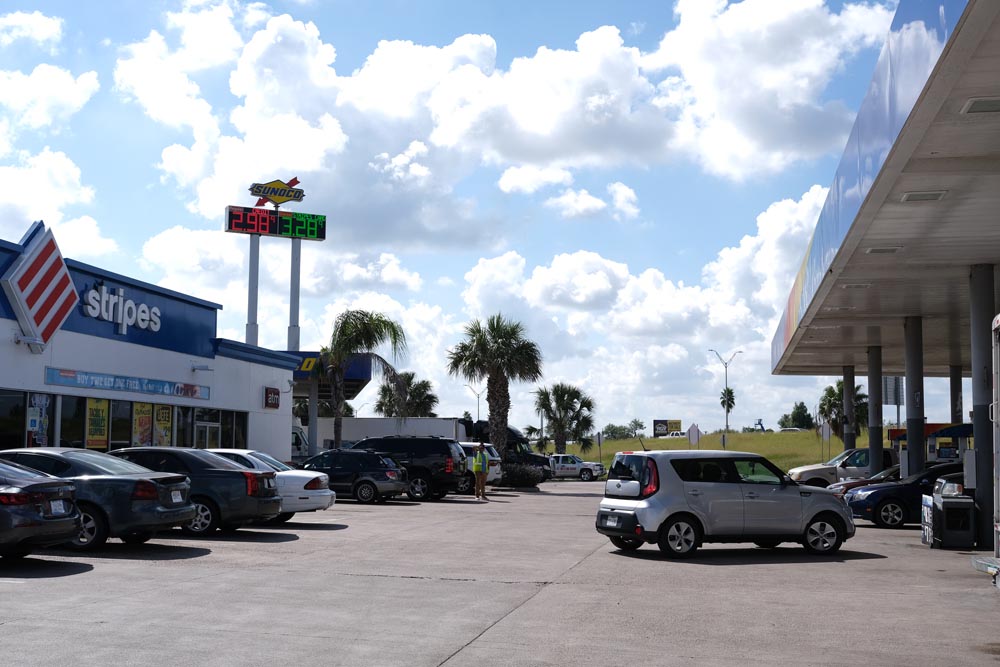
Davila’s daughter is in the color guard at Hanna High School and performs at the school’s football games–not only in Brownsville but across the Valley. Whenever her daughter performs, Brenda is there. They planned to travel to Weslaco Friday night for another football game.
Davila estimated the family will probably spend anywhere from $200 to $300 a month on gas in order to get them to the places where they need to be.
During the summer, the Davilas traveled from Brownsville to Florida and paid about $150 for gas. The amount they paid for the return trip was about $30 lower.
“It was doable when we were going from Texas to Florida, but now when we are doing it (driving) locally we are paying the same amount. That’s insane,” she said.
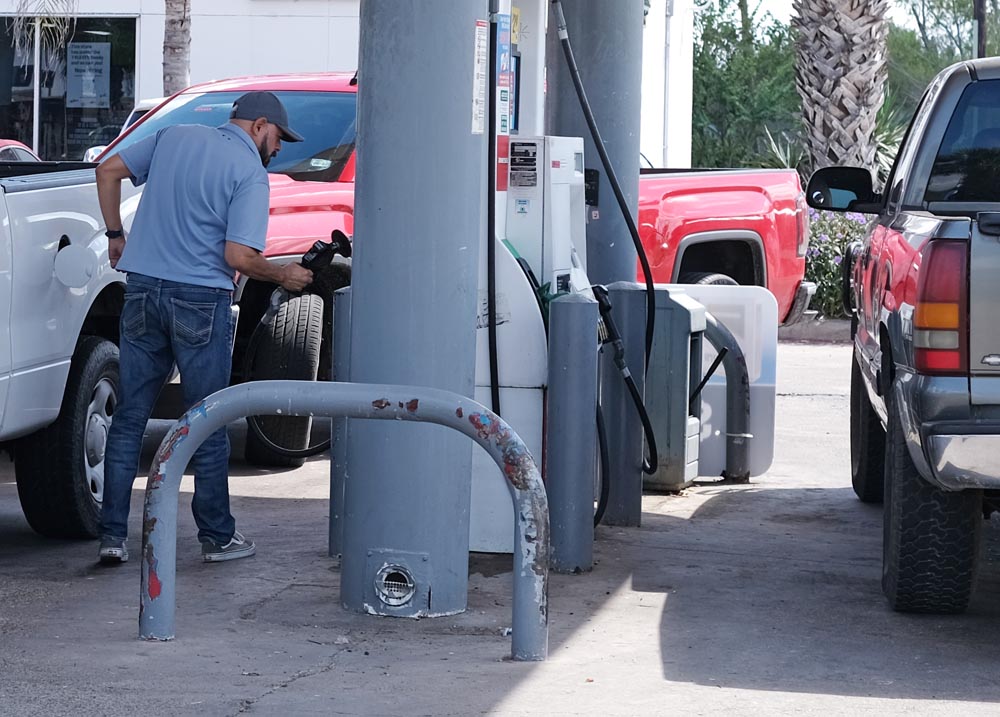
According to AAA: “The primary driver of this surge remains the cost of crude oil, which is now closing daily above $80 a barrel. In August, the price of crude was in the low $60s per barrel. The International Energy Agency forecasts more robust oil demand in the months to come, including for heating oil this winter, which is keeping crude oil prices elevated.”
AAA Gas Watch reports that statewide gas prices in Texas shot up above $3 for the first time since October 2014.
The AAA weekend Gas Watch reported that currently the statewide gas price is $3.02, and that is 9 cents higher from last week and $1.15 more per gallon compared to the same day last year.
Gas prices in 2020 dipped down to about $1.87 for a gallon of unleaded gas. The low prices at that time were due to the pandemic causing less demand for gas as people worked from home.
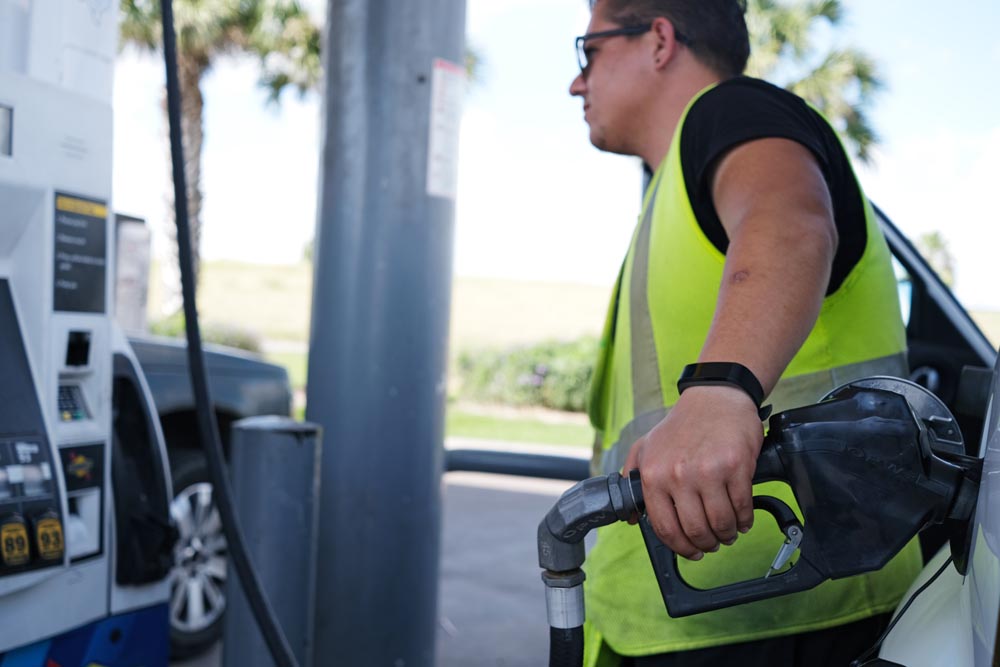
AAA Gas Watch states the national average for a gallon of regular unleaded is $3.37, which is 7 cents more than last week and $1.21 more than the price per gallon at this same time last year.
Although gas prices are on the rise in the state, Texas is one of the 10 states in the nation that still have the lowest gas prices. Texas comes in third following Oklahoma and Arkansas, which are each selling gas for $3.01 per gallon. The states with some of the highest prices include California at $4.53, Nevada at $3.91, Illinois at $3.57, and New York at $3.51.
GasBuddy, another fuel monitor, reports the nation’s average gas price has increased 2.9 cents from a week ago and stands at $3.30 per gallon, according to GasBuddy data compiled from more than 11 million individual price reports covering over 150,000 gas stations across the country. The national average is up 7.5 cents from a month ago and $1.08 per gallon higher than a year ago. The national average price of diesel has risen 7.8 cents in the last week and stands at $3.53 per gallon.
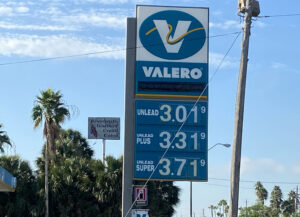
And according to Patrick De Hann, head of petroleum analysis for GasBuddy, it doesn’t appear that gas prices will drop anytime soon.
“The national average closed the week by climbing to yet another fresh seven year high, as the price of oil continues to drag gas prices along for the wild ride, leaving motorists on empty,” De Haan said. “With OPEC holding back oil production and strong global oil demand, the situation will no doubt pave the road with even higher gas prices in the weeks ahead. Until several bottlenecks ease, including supply chains and low global inventories of oil, natural gas and coal, we’ll be stuck feeling the pinch of rising oil and gasoline prices. The bad news is that for now, all I see is the upward trend at the pump continuing into the weeks ahead with no sign of relief just yet.”

